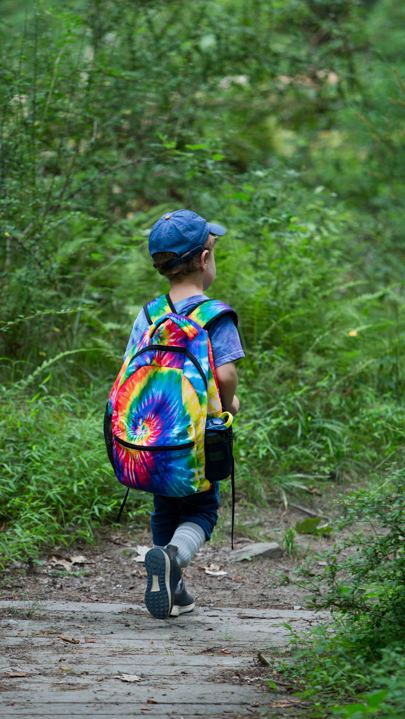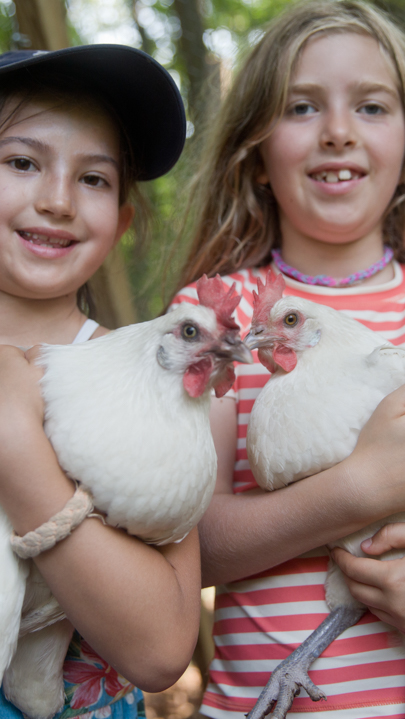The Clothes We Wear

Ayla Dunn Bieber gives us the scoop on clothing, fast-fashion, and the textile industry–and it’s not a good look! Luckily she provides plenty of resources, new ways, of doing things, and inspirational ideas for consuming less…
Hello everyone! Let’s dive right in to another topic…
Another layer to this wasteful mess we humans have created is brought to you by the clothing industry. High water usage; pollution from chemicals used to grow fibers for clothing and chemicals used in dyeing and preparation processes; the incineration and landfill-dumping of massive amounts of unsold clothing. Its clear that this industry, and our consumption habits, need to be seriously looked at.
Some not-so-fun facts to get your wheels turning:
- It takes 700 gallons of water to make a cotton shirt. To put these numbers in perspective, the amount of water needed to make a t-shirt is enough for one person to stay hydrated for 900 days while the amount of water needed to make a pair of jeans is equivalent to hosing down your lawn for 9 hours straight. [1]
- The production of 1 kilogram of cotton garments uses up to 3 kilograms of chemicals [2]
- “When people think of trafficking, they often associate it with the sex trade, but about 50% of trafficked victims, including children, are sold into forced labor. It’s taking place in developing countries and parts of Europe where markets and factories go unregulated. The fashion industry is unfortunately rife with trafficked workers and forced labor.” [3]
- Overall, one garbage truck of textiles is landfilled or incinerated every second [4] This is due to consumers not recycling their clothes, as well as fashion brands wanting to get rid of leftover stock as a way of preserving product scarcity and brand exclusivity. [5]
- Up to hundreds of thousands of plastic microfibers get washed out of our synthetic clothes each time we wash them (AND 60% of the clothes produced are made of plastic [6]). These microfibers end up in our water systems and eventually in the ocean (and then into fish and into us!). Please watch this 2.47 minute video on this hidden problem with our synthetic clothes.
What needs to be done:
With basically every sustainability topic, the thing that will have the most impact is to BUY/CONSUME LESS. This holds true for clothing too. We need to buy AND throw away less. For the clothes we do have, we need to care for them (repair them and wash them properly) so that they can last as long as possible.
When you want to wear something new – consider borrowing, swapping or thrifting before buying a brand new piece of clothing! Dyeing, cutting, and re-fashioning old clothing are also all ways to breathe life into older clothing. Our friends at The Fiber Craft Studio are hosting a plant dying “cafe” on Friday, April 26th where you can use indigo plant based-dyes to give your clothes a total update.
If buying new:
- Always ask yourself it is something you really need first
- Buy quality
- Consider the fiber it is made out of: hemp, soy silk, linen, organic cotton and wool (depending on how the animals are treated) are good sustainable choices
- Stay away from: polyester, nylon, acrylic, rayon, modal and non-organic cotton
When you are ready to get rid of clothing:
- Have a clothing swap with friends (try it seasonally!). We’re hosting one today, Earth Day (April 22nd from 11 AM to 4 PM) at the Hungry Hollow Co-op!
- Donate to a thrift store
- Recycle them! Almost 100% of textiles can be recycled
- Never let clothes and other textiles go into the garbage!
Want more?
Watch You Are What You Wear a 16 minute long Ted Talk
Read Why I’m Boycotting the Clothing Industry Plastic Pollution Coalition
Check out Upcycle That
Read the Consumption Section of Close the Loop
Watch How Your T-Shirt Can Make a Difference 2 minutes long
Check out some great infographics from The Ellen MacArthur Foundation.
Also! Our friends at The Hungry Hollow Co-op have generously offered this exclusive coupon to readers of The Sustainability Scoop:

What are some ways you can breathe new life into old clothing? Let us know in the comments!
Thriftily Yours,
Ayla
Sources:
1 “8 Little Known Facts About Our Clothing Habits” Planet Aid, Inc., 28 July 2016, www.planetaid.org/blog/8-little-known-facts-about-our-clothing-habits. [Accessed 17 April 2019]
2 “A New Textiles Economy: Redesigning fashion’s future – download the report infographics” The Ellen MacArthur Foundation, 6 Dec. 2017,
https://www.ellenmacarthurfoundation.org/news/a-new-textiles-economy-redesigning-fashions-future-download-the-report-infographics [Accessed 17 April 2019] 3 “The Big Issues Facing Fashion in 2019” Forbes. 16 Jan. 2019. https://www.forbes.com/sites/rebeccasuhrawardi/2019/01/16/the-big-issues-facing-fashion-in- 2019/#3781476323a9 [Accessed 17 April 2019]
4 “A New Textiles Economy: Full Report” The Ellen MacArthur Foundation. 1 Jan 2017. https://www.ellenmacarthurfoundation.org/assets/downloads/publications/A-New-Textiles-Economy_Full-Report_Updated_1-12-17.pdf [Accessed 17 April 2019}




